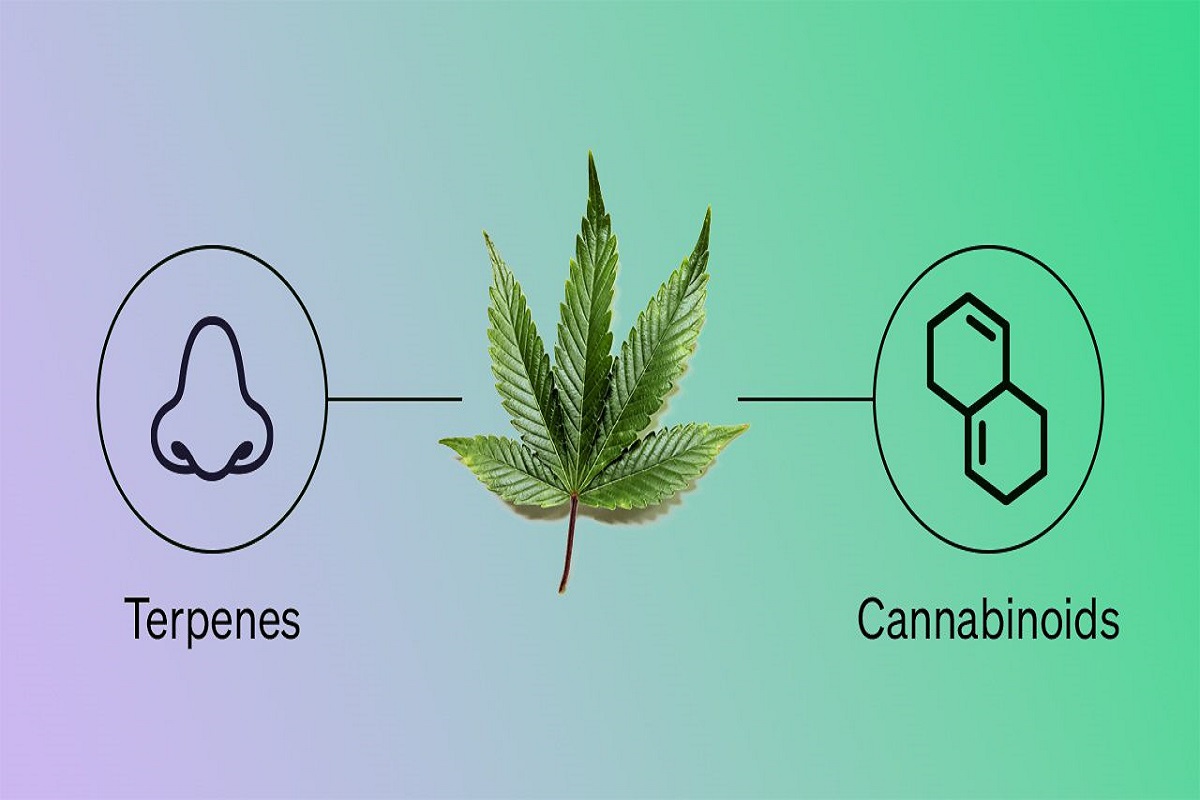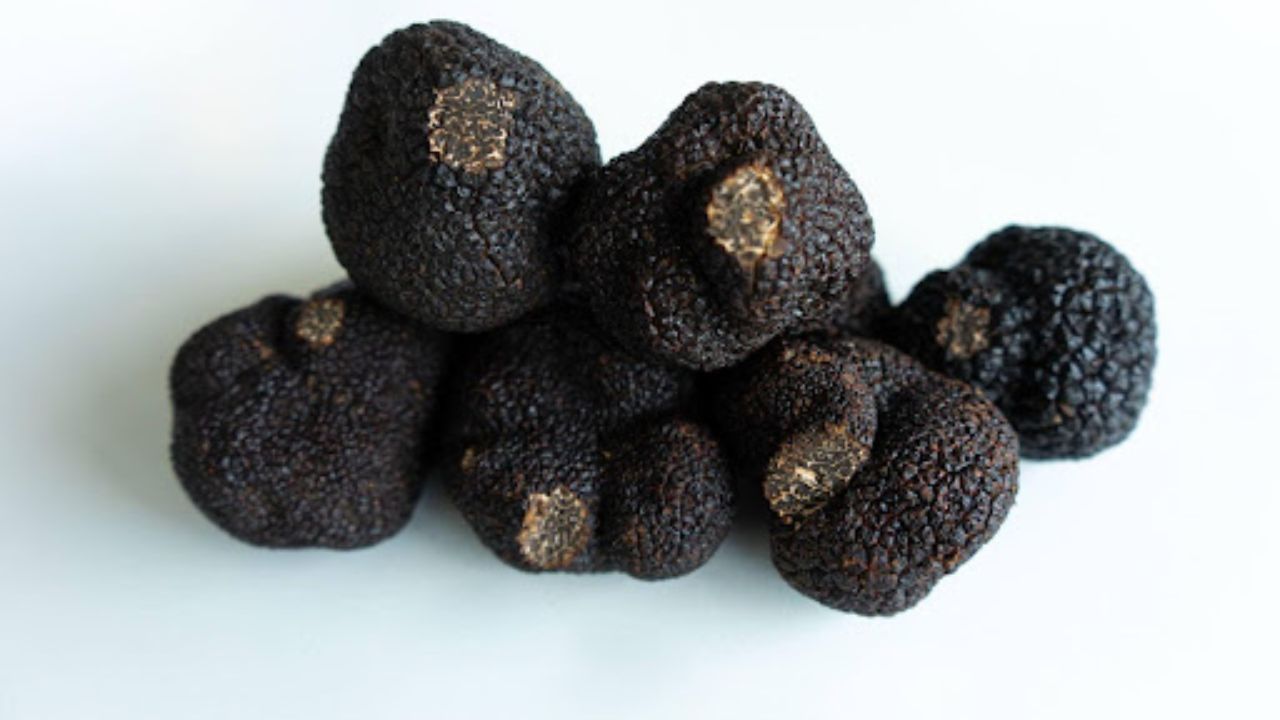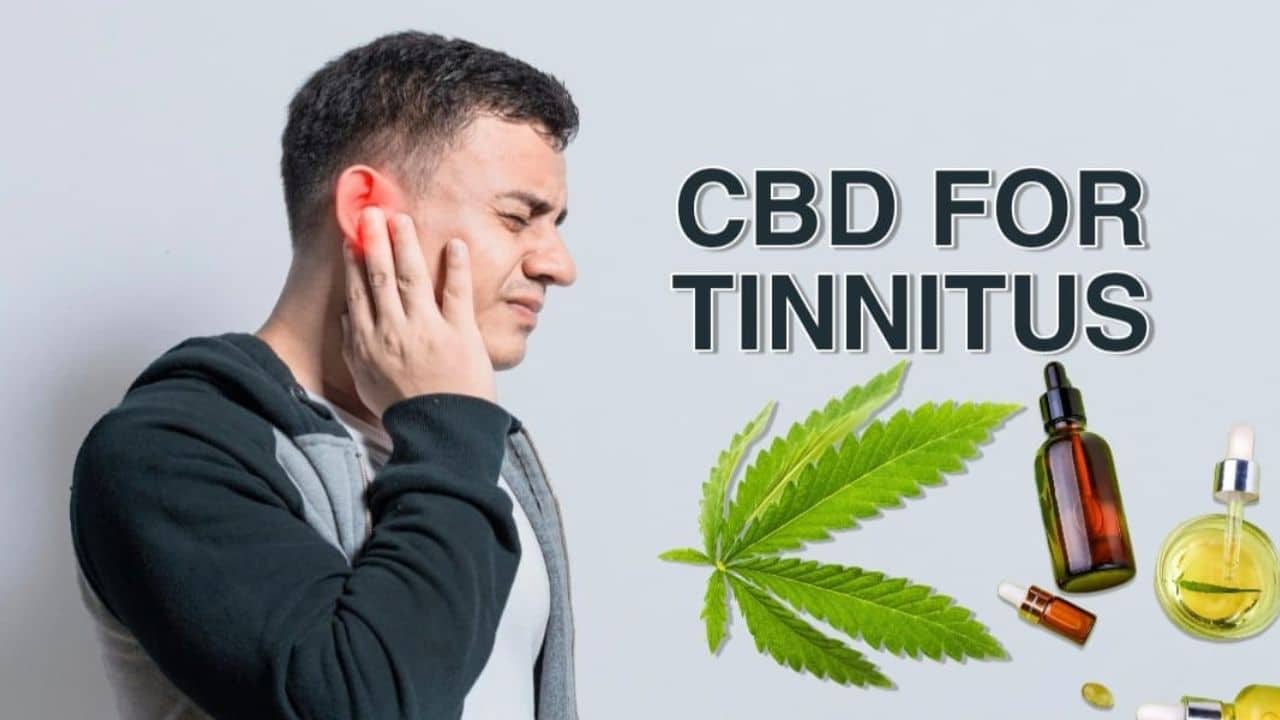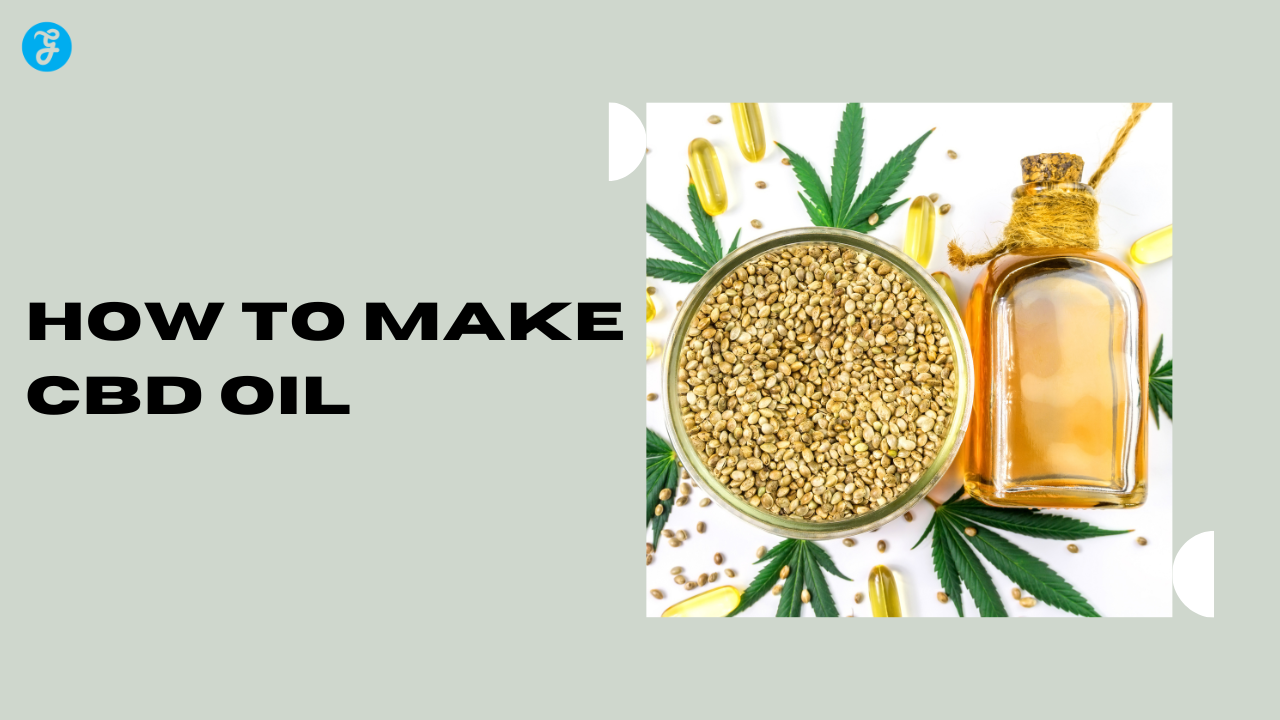Each sector has its own set of terms. Terpenes and cannabinoids are frequently mentioned in cannabis news, conversation, growing, and retail. The definitions of these concepts and their significance to marijuana and their relationship to one another are underlined below.
Cannabis terpenes
Terpenes are fragrance chemicals found in the cannabis plant’s flowers and leaves. These chemicals determine the plant’s taste and smell and can affect the high production of cannabis. Several researchers have stressed the pharmacological significance of terpenes, the building blocks of aromatherapy. There are over 200 cannabis terpenes known; however, only a few are present in significant enough concentrations to be identified by scent. Marijuana’s terpenes have provided the plant with a long-term evolutionary advantage. Terpene oils with an intense aroma deter insects and animal grazers, while others prevent fungus. The predominant terpenes in the Donny Burger strain determine the smell and euphoric taste of marijuana.
Additionally, if the terpene profile is drastically different, switching from an excellent strain to one with higher THC or CBD concentration may not give more comfort. More cannabis customers are enquiring about terpenes in goods on the retail side. Concentrate producers have reacted by providing products that include a broad range of terpenes identical to those found in flowers or raw plant material.
How do cannabis terpenes work
The impact of terpene is primarily determined by how it is used, whether topically, orally, or breathed. They are most well-known for their utilization in aromatherapy and “forest bathing.” When absorbed via the skin or digestive tract, terpenes directly activate GABA receptors and TRP channels. When a substance is inhaled or scented through the olfactory system, the olfactory sensors are activated, and signals are delivered to the olfactory bulb and brain. GABA receptors and TRP channels, however, can be activated.
Cannabis cannabinoids
Cannabinoids are chemical substance formed from hemp and cannabis that interacts with cannabinoid receptors throughout the human endocannabinoid system. The phenomenon of cannabinoids activating the CB1 and CB2 receptors in the brain and body is responsible for cannabis’ therapeutic advantages. When CB1 and CB2 receptors are active, individuals can increase the operation of their body’s many systems and organs. Cannabinoids and terpenes form in the resin glands, or trichomes, of cannabis plants’ flowers and leaves. Many plants produce cannabinoids, but cannabis, like the Gary Payton strain, has the greatest concentration. The many chemicals work together to enhance the advantages of the plant’s distinct components. In essence, the entire plant is more significant than the sum of its parts.
How do cannabis cannabinoids work
The ECS has two principal receptors: CB1 receptors, which are numerous in the central nervous system, and CB2 receptors, primarily found in the immune system. Both are located in nearly every body region and aid in regulating homeostasis (balance). Each cannabinoid binds to ECS receptors differently and has various effects. THC, for example, binds to both receptors but preferentially to CB1 receptors. CB1 is involved in serotonin modulation. THC can affect serotonin levels in the brain by engaging CB1 receptors, which generates the typical marijuana high. However, CBD binds with both receptors but does not activate CB1. This is why cannabinoids such as CBD, CBC, and CBG are non-psychoactive.
Do terpenes and cannabinoids work better together?
Terpenes and cannabinoids improve blood flow, boost brain activity, and eliminate respiratory infections. Terpenes and cannabinoids work together to produce what is known as the ‘entourage effect.’ This effect outlines how various cannabinoids and terpenes mix and bind to multiple receptors in our brains to generate a distinct high. According to a September 2011 research in the British Journal of Pharmacology by Dr. Ethan Russo, cannabinoid-terpene interactions “may provide collaboration in the management of pain, inflammation, depression, anxiety, addiction, epilepsy, cancer, fungal and bacterial infections.” Another identified advantage of cannabinoid-terpene interactions is that they enhance positive cannabis effects while reducing THC-induced anxiety.
Furthermore, terpenes and cannabinoids are constantly developing in human understanding. Beta-caryophyllene, for example, is present in the essential oils of black pepper, hops, oregano, cannabis, and many green, leafy vegetables. It has gastroprotective properties, helps treat some ulcers, and has tremendous potential as a therapeutic agent for inflammatory and auto-immune illnesses. Because of its interaction with receptors, it is classed as a terpene and a cannabinoid. In this field of study, new discoveries are discovered regularly.
Are cannabis terpenes and cannabinoids legal?
Terpenes are all permitted. Terpenes have never been prohibited by legislation in the United States. Conversely, cannabinoids are a different story. Until recently, all cannabinoids were deemed illegal since they come from the marijuana plant (a Schedule I drug). Only delta 9 THC and, in some places, delta 8 THC is now illegal. CBD, CBC, THCV, THCP, CBC, CBN, CBL, and all other cannabinoids are legal in the United States and most developed countries.
Cannabinoids react directly with receptors in the endocannabinoid system, causing the brain to behave. These chemicals are found in various plant species and are produced by the human body. Cannabis such as the Jealousy strain has the greatest quantities of cannabinoids. Conversely, terpenes are found in practically every plant and are responsible for their distinct aroma and flavor. These chemicals, unlike cannabinoids, do not attach to particular receptors but can help reduce stress and improve mood. Moreover, terpenes can potentiate cannabinoids when present in combination.














































